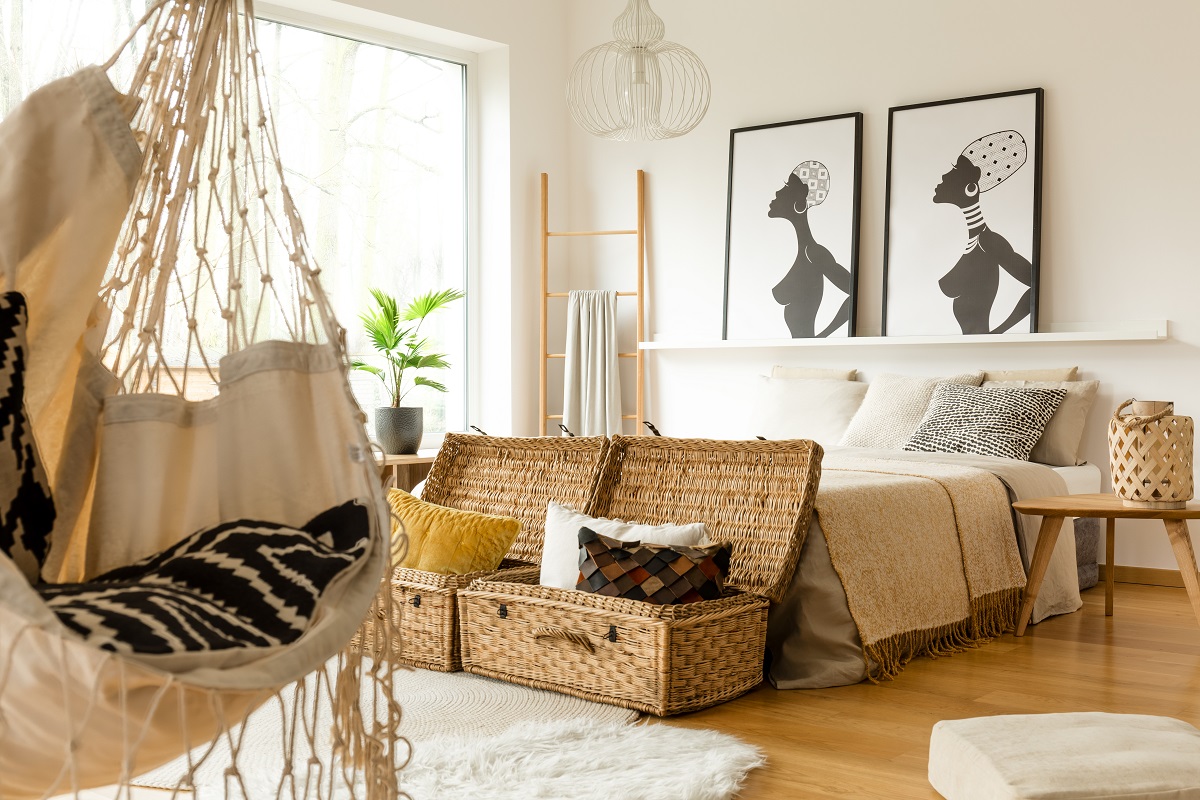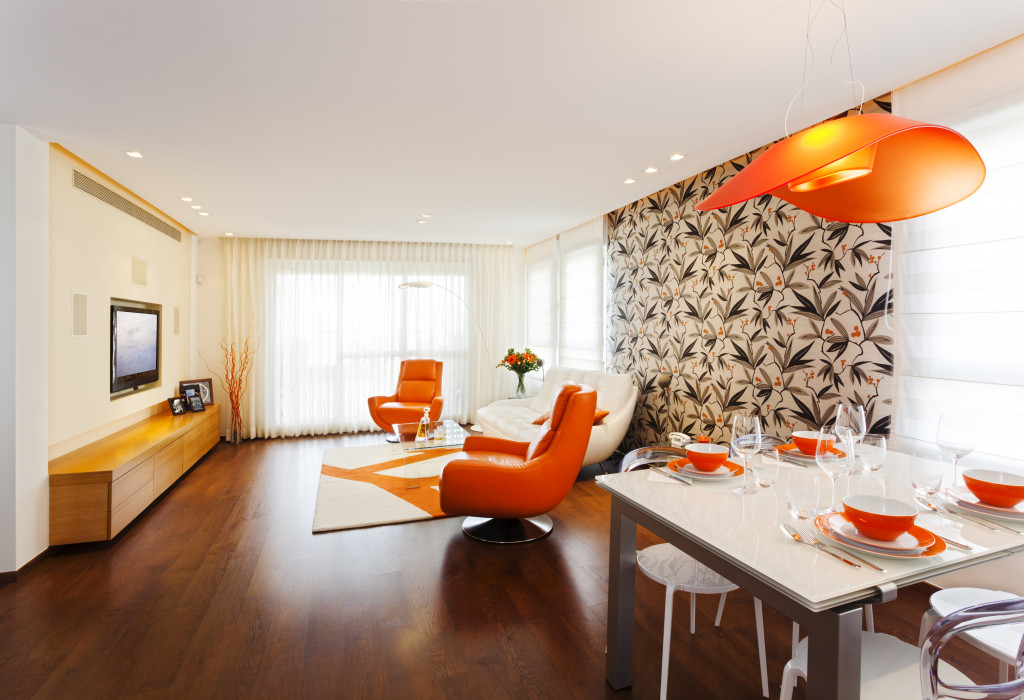- Understand your personal style before starting the design process.
- Choose a color scheme and lighting that creates a welcoming and comfortable space.
- Experiment with textures and patterns to add depth and interest to your interiors.
- Incorporate art and decorative items that speak to you and personalize your space.
- Invest in quality furniture from reputable stores for long-lasting benefits.
Elevating your home’s interior design is not just about aesthetics; it’s about creating a space that reflects your personality while ensuring functionality and comfort. You can transform your living space into a stylish and inviting home with the right approach and resources.
1. Understand Your Style
Before embarking on any design project, it’s essential to understand and define your style. Are you inclined towards modern, minimalist, traditional, or eclectic designs? Knowing your preferences helps you decide on color schemes, furniture, and decorative items. Creating a cohesive look that represents your unique taste and personality is important.
Research different styles, and don’t be afraid to mix elements from various design philosophies to create a space that truly resonates with you. Your home should reflect who you are, so take the time to explore and experiment with different aesthetics until you find what suits you best.
2. Prioritize Color and Lighting
Color and lighting play pivotal roles in interior design. The right colors can create a harmonious and balanced look, making the room feel welcoming and comfortable. Consider using neutral tones as your base and add pops of color through accessories and art. This approach lets you easily change the room’s vibe without a complete overhaul.
Lighting, on the other hand, enhances the room’s features and creates the desired ambiance. Incorporate layers of lighting — ambient, task, and accent, to make the space functional while highlighting its best aspects. Invest in quality fixtures that complement your design and can be adjusted to set the mood for different occasions.
3. Play With Textures and Patterns

Textures and patterns add depth and interest to your interiors. Incorporating various materials and finishes introduces visual excitement even in a monochromatic space.
Here are tips to play with textures and patterns:
Layer Different Textures for a Luxurious Visual Experience
One way to create a truly rich and visually captivating space is by layering different textures. Combining hard and soft materials can create a stunning contrast that adds depth and complexity to the room. For example, imagine pairing a plush velvet sofa with a sleek and modern metal coffee table. This juxtaposition creates a tactile experience and adds a touch of sophistication to the overall design.
Contrast Patterns to Add Visual Interest and Balance
Consider incorporating contrasting patterns to elevate your space’s visual appeal further. However, it’s important to strike the right balance. Too much contrast can make a room feel chaotic, while too little can be underwhelming. For instance, you can pair a bold geometric rug with subtly patterned throw pillows to create an interesting interplay of shapes and designs. This careful mix of patterns adds intrigue and character without overwhelming the space.
Introduce Textures Across Various Elements for a Multi-dimensional Appeal
To truly create a visually stimulating environment, don’t limit textures to just one aspect of the room. Instead, explore the possibilities of introducing textures across different elements. From wall finishes to furniture fabrics, every detail counts. Imagine a luxurious leather armchair placed against a textured wallpaper backdrop. This combination creates an interesting contrast and adds depth and visual interest to the space, making it more inviting and engaging.
Find the Perfect Scale When Mixing Patterns
When incorporating multiple patterns, it’s crucial to consider their scale. A well-balanced mix of patterns ensures they don’t compete for attention, resulting in a harmonious overall look. For example, a large-scale floral wallpaper can beautifully complement small-scale gingham upholstery. This thoughtful pairing allows each pattern to shine individually while working together to create a cohesive and visually pleasing aesthetic.
4. Incorporate Art and Decorative Items
Art and decorative items personalize your space, making it feel lived-in and loved. Select pieces that speak to you and connect with the overall design theme. Art isn’t restricted to paintings or sculptures; it can be anything from a beautiful rug, a uniquely shaped mirror, or an interesting light fixture.
Remember, it’s not about filling every space but choosing items that contribute positively to the environment. The pieces you select should be beautiful and have significance or sentimental value to you.
5. Invest in Quality Furniture

Quality furniture is indispensable for a well-designed home. When selecting pieces, consider their functionality, durability, and design. Often, investing in timeless, high-quality furniture can save you money in the long run as these pieces withstand the test of time.
For this, consider purchasing from a reputable furniture store that provides a range of options tailored to diverse styles and budgets. Such stores offer expert advice and often have return policies that protect you in case the pieces you select do not fit into your design scheme as well as you thought they would.
In Summary
Turning your home into a masterpiece of interior design requires a clear understanding of your style, smart color and lighting choices, playful experimentation with textures and patterns, incorporation of art, and investment in quality furniture. With these tips, you can elevate the aesthetics of your living space and create a home that is comfortable, functional, and truly yours.

